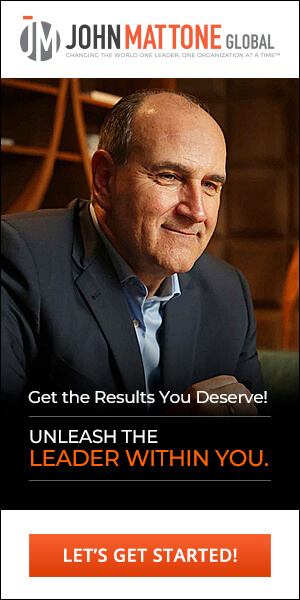THE WORLD’S #1 EXECUTIVE COACHING AND BUSINESS COACHING BLOG SINCE 2017.
The 5 Essential Components of Successful Coaching
November 1, 2019 | Category: Blog, Intelligent Leadership
Leadership development programs are sadly not as prevalent in business as they should be. As a result, leaders may rise to their leadership positions without sufficient preparation for what their roles require.
High-quality leadership development programs can ensure a smoother transition into leadership roles.
Leadership coaching may be enlisted to help fill some of these gaps. Leadership coaching emphasizes action and accountability and provides leaders with a safe yet stimulating environment in which to hone skills for improving communication, increasing confidence, managing change, and resolving conflicts.
Researchers have identified five critical components of popular coaching models, as well as conditions under which coaching is most effective. Here are the five critical components and why they matter so much.
1. The Coach-Client Relationship
Without a strong coach-client relationship based on mutual respect and a mutual pursuit of goals, there is little point in coaching at all. Not all coach-client teams will be able to build strong rapport, and that’s no reflection on either party. Some personalities simply work better together than others. When choosing a coach, it is absolutely essential to determine upfront how well the coach and client communicate and how easy it is for them to work together.
2. Problem Identification and Goal Setting
Most coaching clients (and their organizational leaders) have some idea of which skills the client needs to work on most. Even so, the best coaches use multiple, proven assessment tools to verify this and to identify the client’s strengths and weaknesses. This process helps both coach and client develop the most effective ways to bridge skills gaps and to further improve strengths. Articulating which issues the client will work on with their coach, setting goals, and determining how to measure goal achievement keep the coaching relationship on track to produce the best results.
3. Problem-Solving
The right problem-solving technique for one coaching client may be completely different from that of another coaching client. That’s why the assessment of strengths and skill gaps is so important. Working with the client to map out how to get from where they are now to where they want to be is a highly individual process, and the leadership coach is uniquely positioned to help create that “roadmap.” It’s far from a one-size-fits-all process but must be tailored to the individual in the context of their work setting.
Choosing the right problem-solving techniques can keep a leader from becoming “stuck” on issues they’re working on.
4. Transformational Processes
This is where the rubber meets the road. Just as the skilled pitching coach knows the specific elements a particular pitcher needs to work on, the skilled leadership coach can help the client define specific actions that need to be developed and practiced until they become second nature. For one client this may be communication. For another, it may be delegation. The transformational processes used in leadership coaching are uniquely customized to the client and their particular needs. Without proven transformational processes, client improvement may be short-lived.
5. Outcome Definition and Measurement
How can, for example, a leader with sub-par delegation skills know when they have learned how to effectively delegate with the help of a leadership coach? Before working on those skills, the coach should work with the client to define what success looks like. Maybe “success” means fewer last-minute phone calls about who is responsible for what. Or maybe it means the leader has more free time due to letting go and effectively empowering team members rather than trying to do everything themselves. The only way to know if a coaching client has succeeded is to define what success means.
Of course, just because a coaching plan contains those five attributes doesn’t mean it will get optimum results. Many factors affect positive coaching outcomes. For example, organizational support for leadership coaching is essential for the best outcomes.
Organizations and individuals within them who are interested in coaching should understand which elements are necessary to a strong and successful coaching relationship. The more invested the individual and their organization are, the more likely they are to get the results they want.





